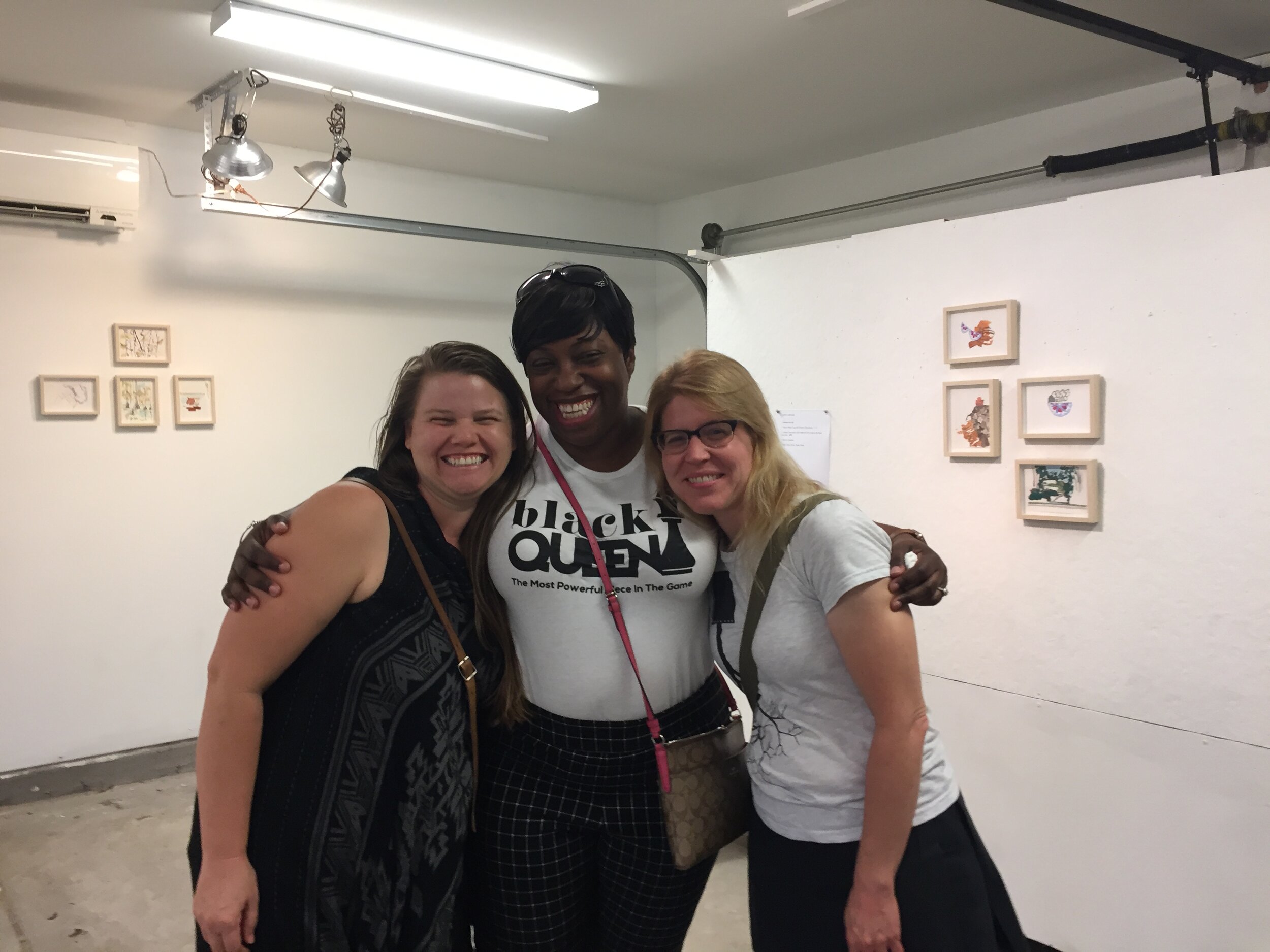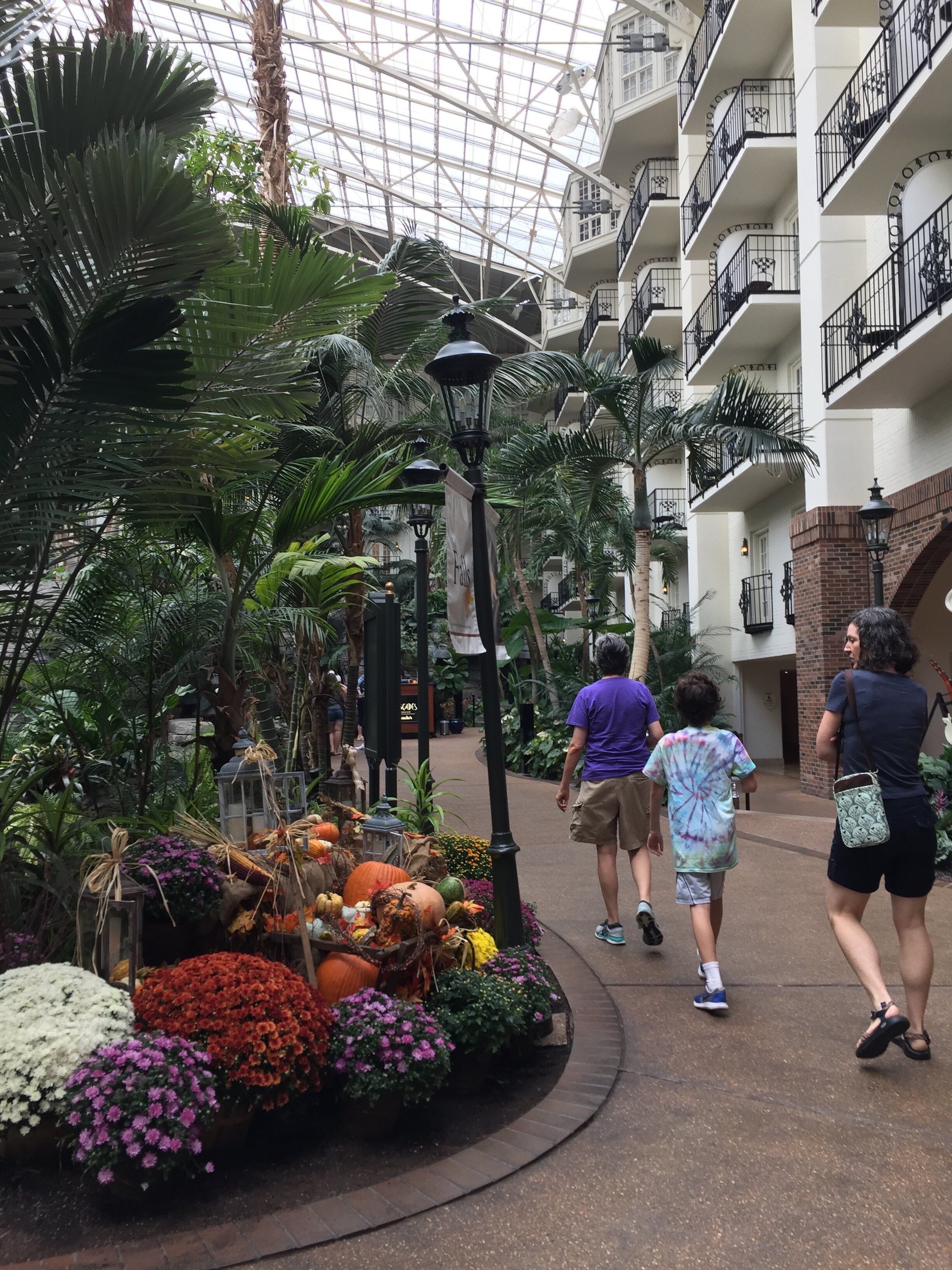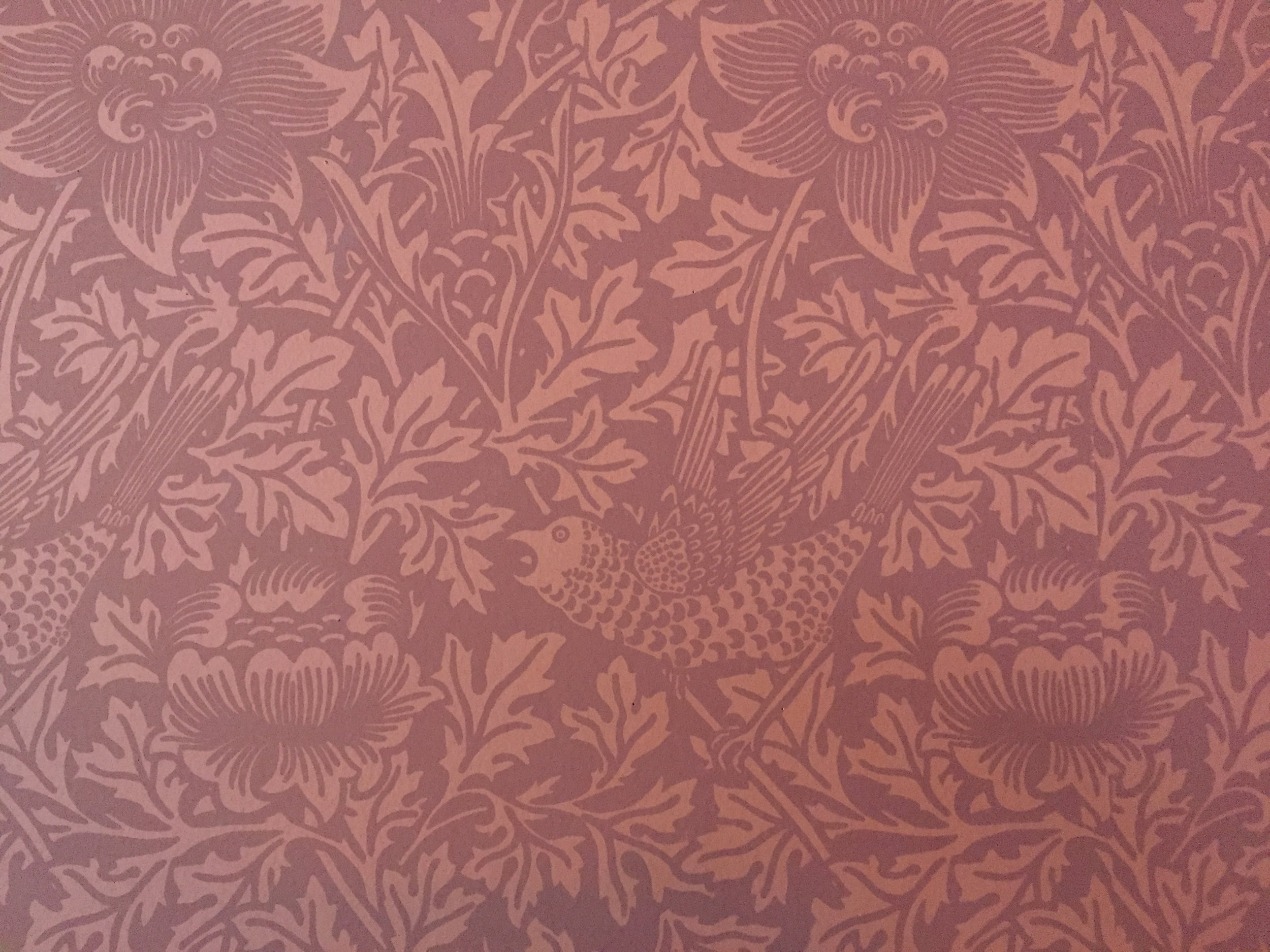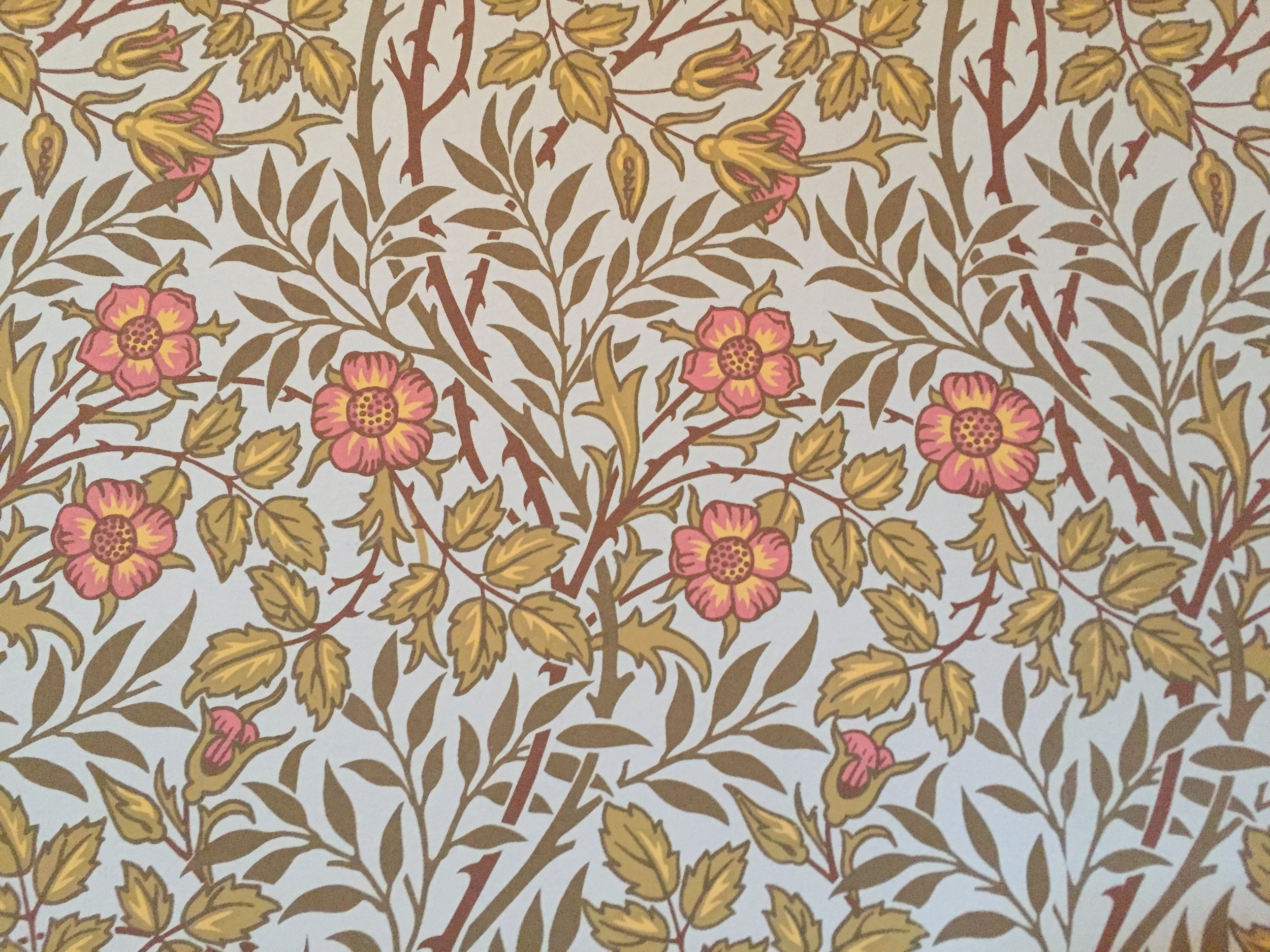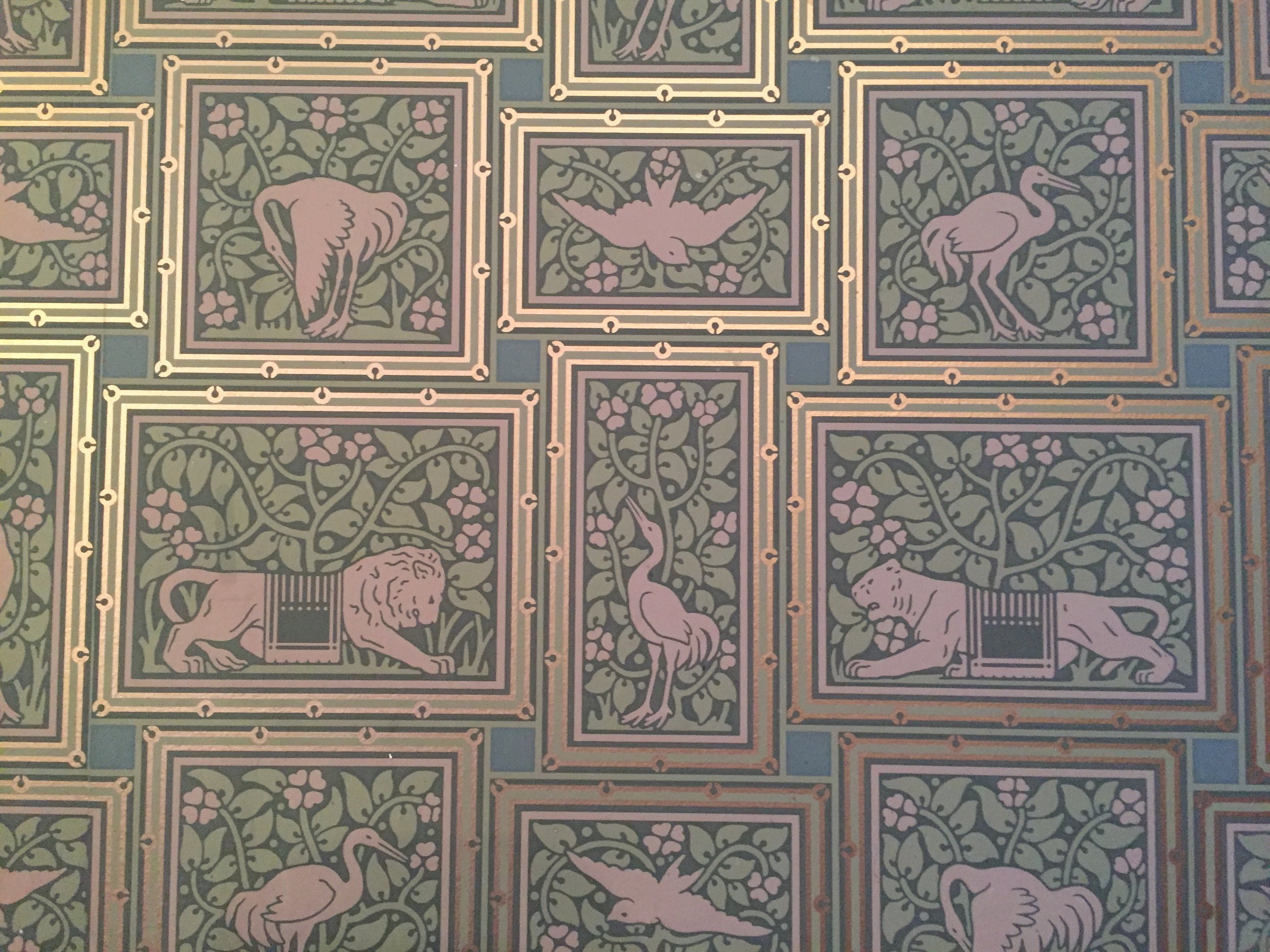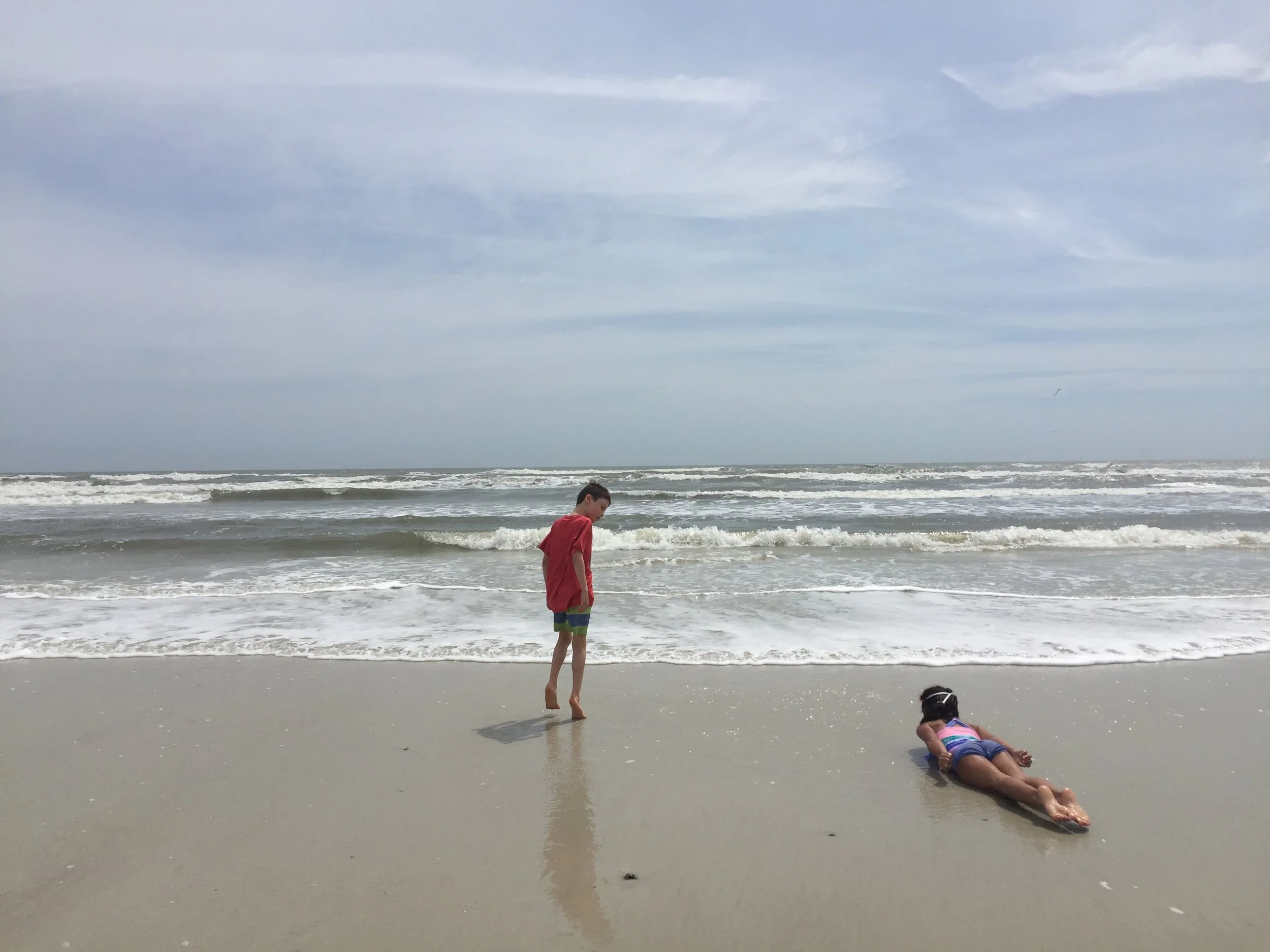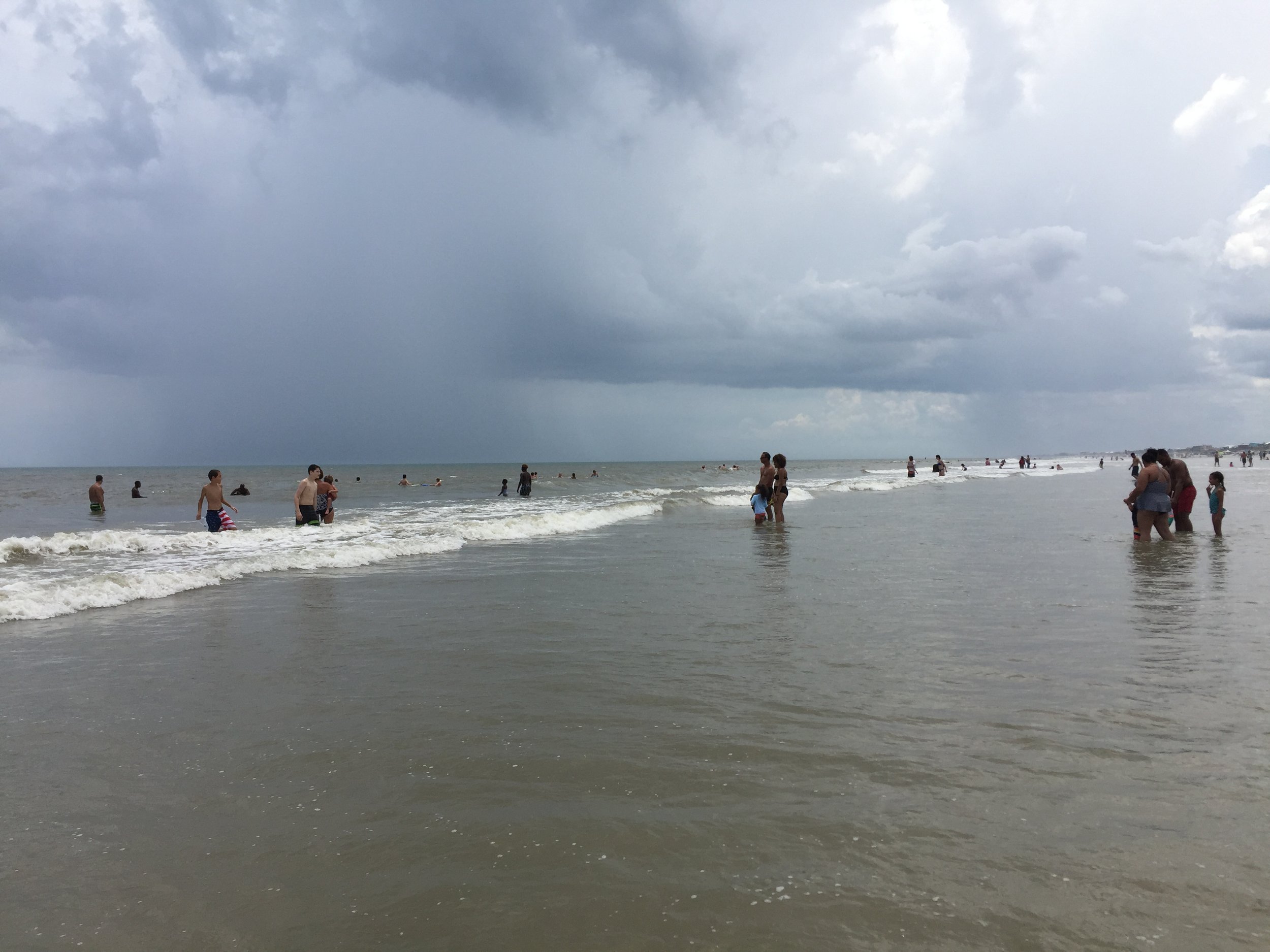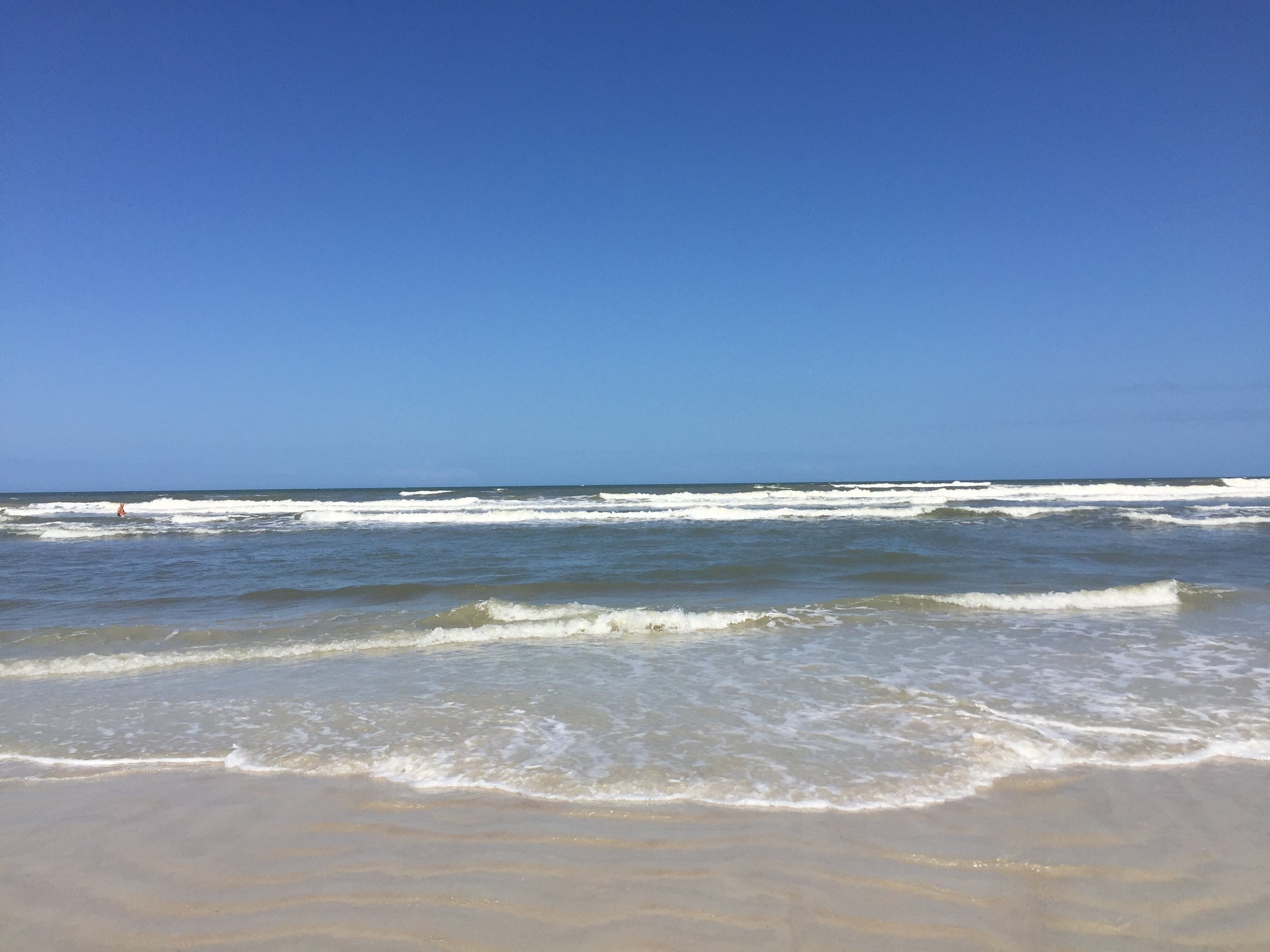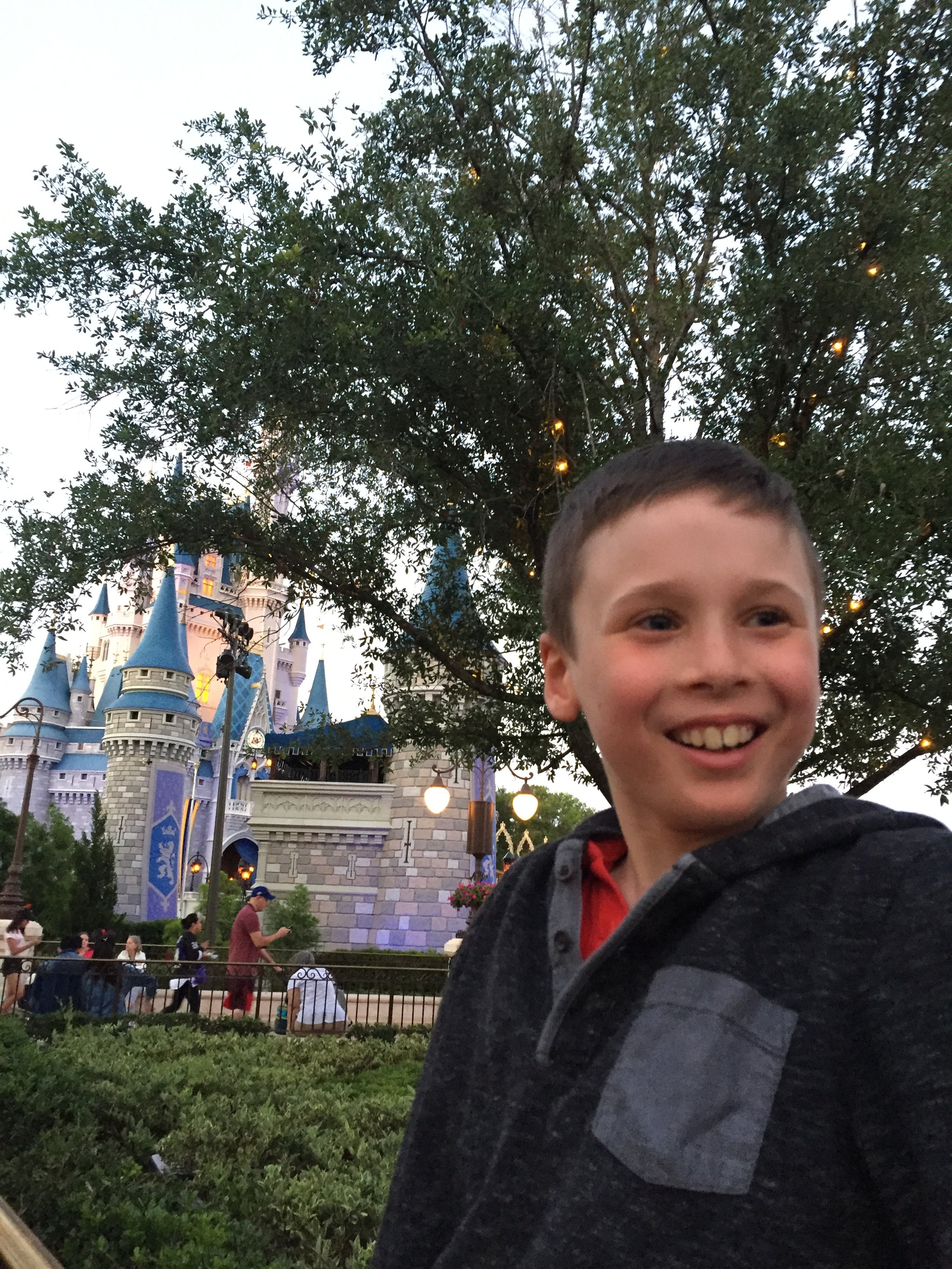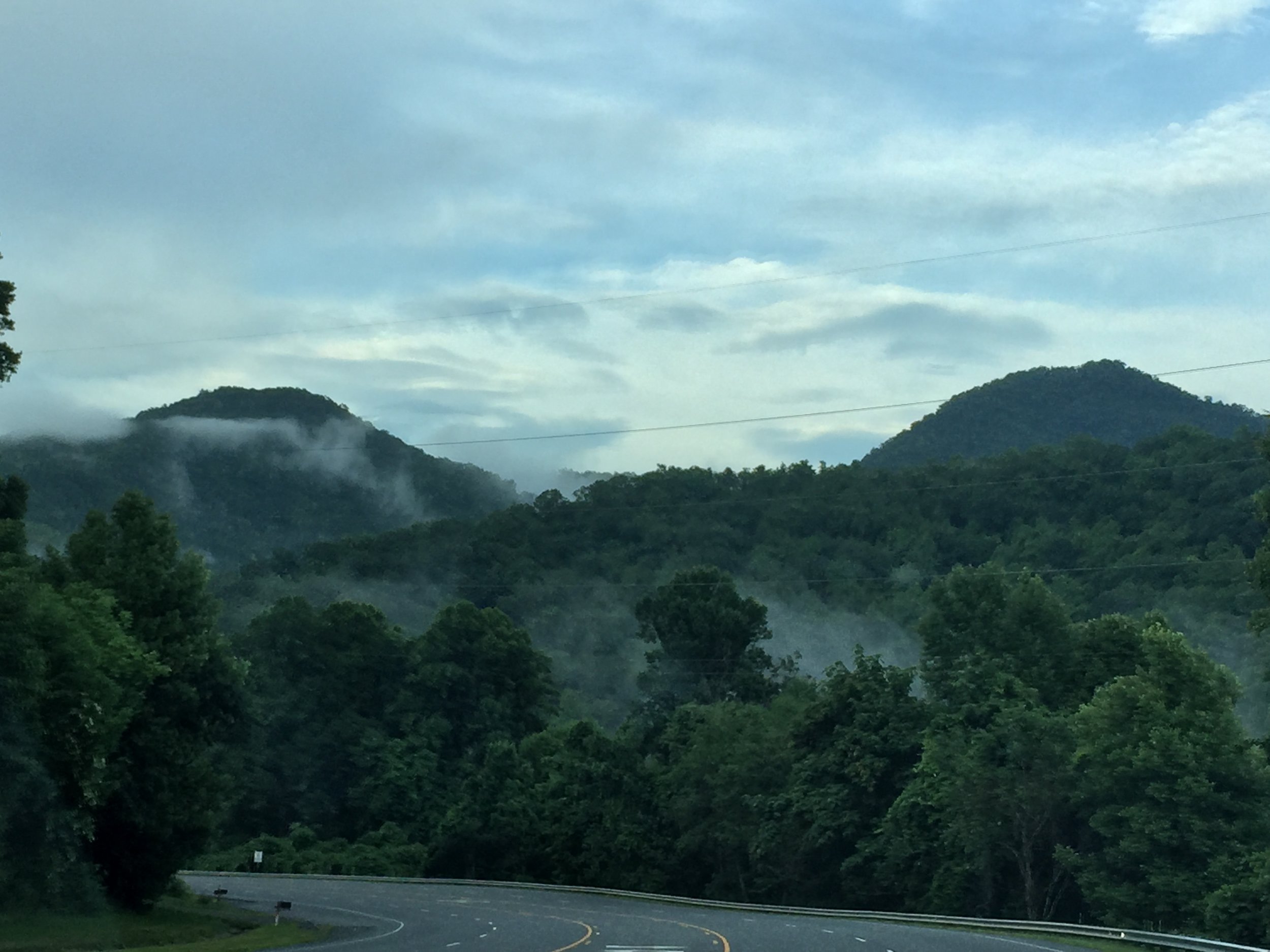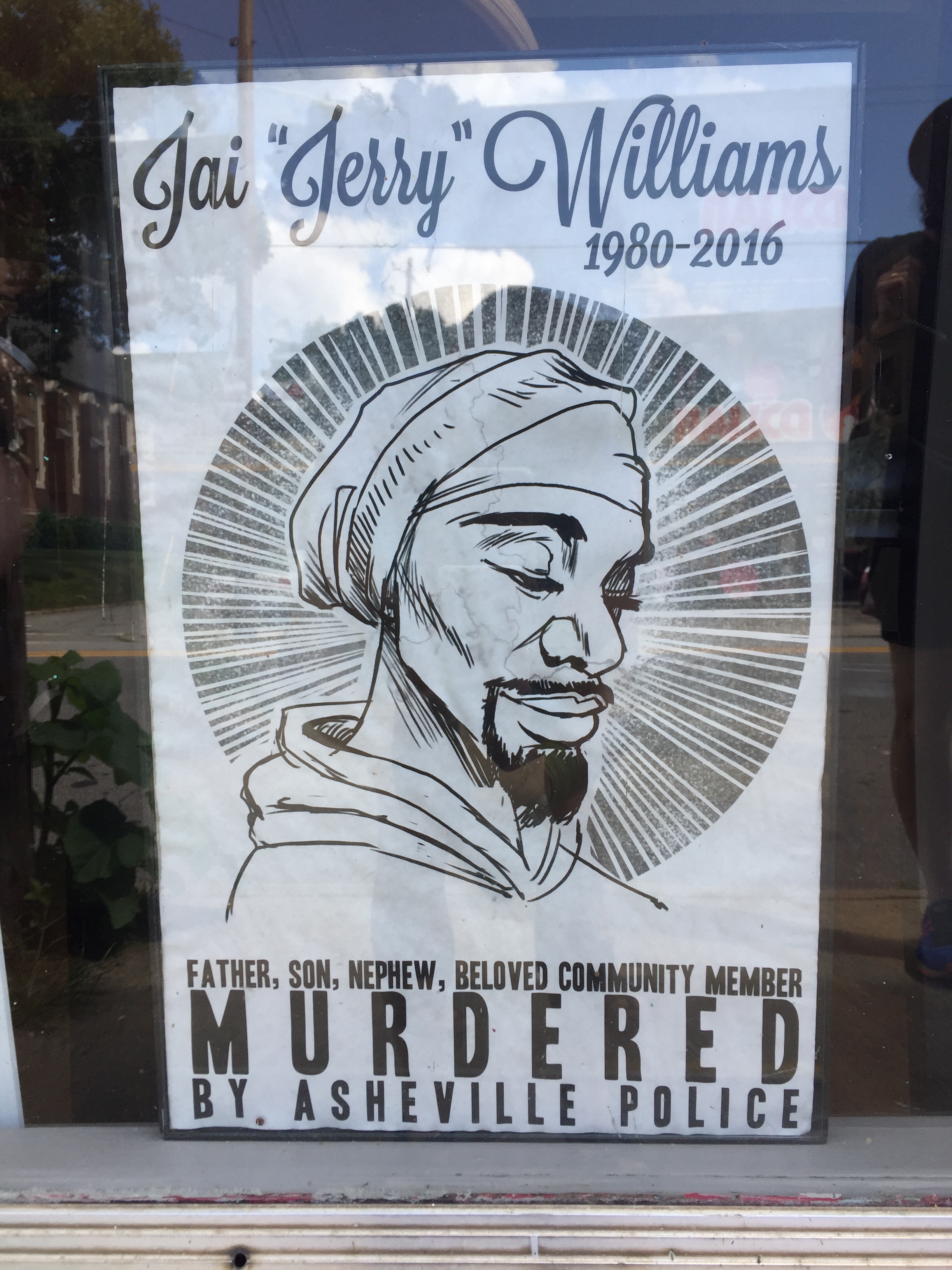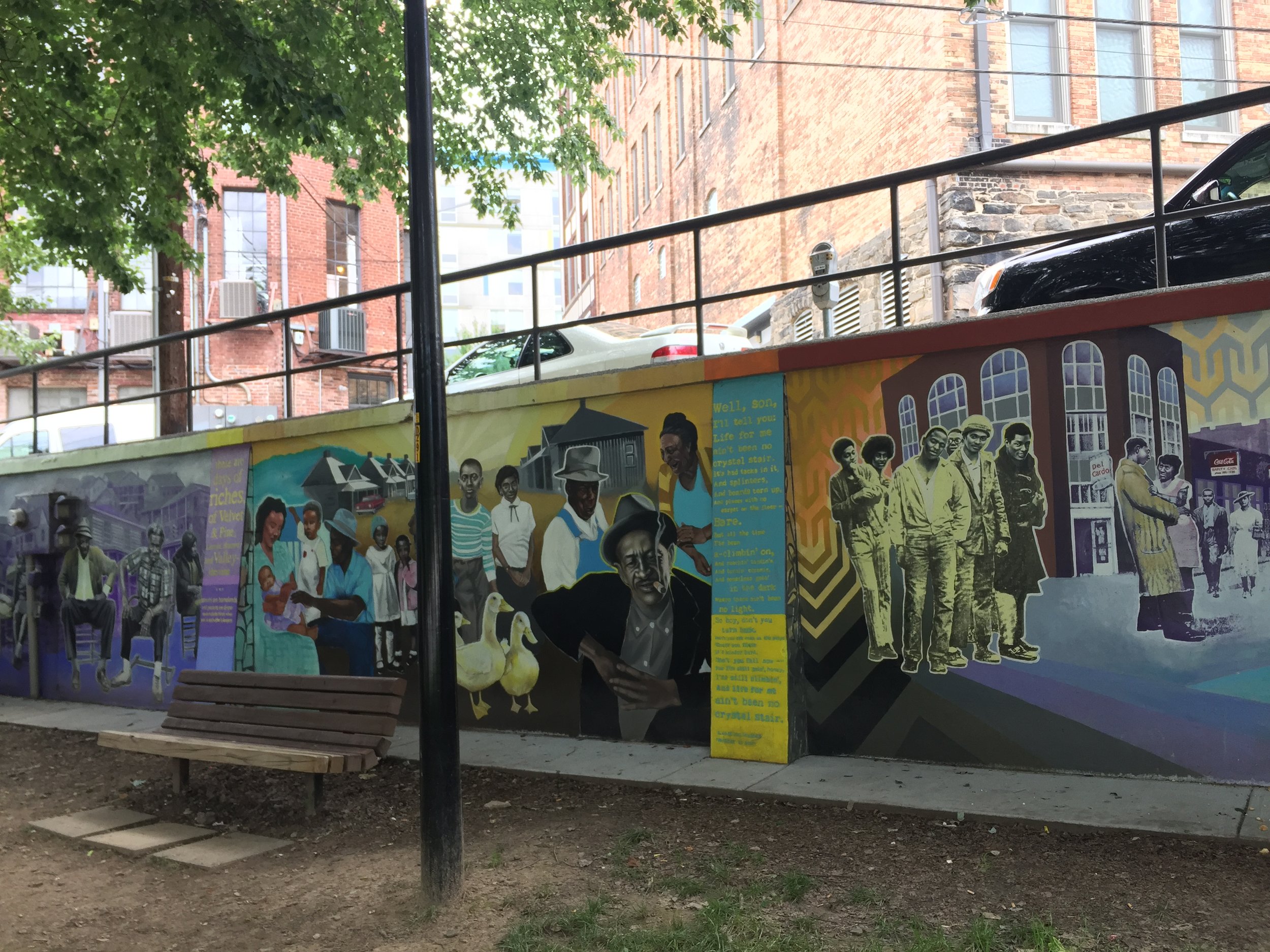My wife and 11 year-old son and I listened to Farmer Boy while driving in an RV across Kansas and Nebraska.
“Then he went out with Father and they walked on the crowded sidewalks. All the stores were closed, but the ladies and gentlemen were waking up and down and talking. Ruffled little girls carried parasols, and all the boys were dressed up, like Almanzo. Flags were everywhere, and in the Square the band was playing ‘Yankee Doodle.’ The fifes tooted and the flutes shrilled and the drums came in with rub-a-dub-dub.
Yankee Doodle went to town,
Riding on a pony,
He stuck a feather in his hat
And called it macaroni!
Even grown-ups had to keep time to it. And there, in the corner of the square, were the two brass cannons!
The Square was not really square. the railroad made it three-cornered. But everybody called it the Square, anyway. It was fenced, and the grass grew there. Benches stood in rows on the grass, and people were filing between the benches and sitting down as they did in church.
The band stopped playing, and the minister prayed. Then the band tuned up again and everybody rose. Men and boys took off their hats. The band played, and everybody sang.
Oh, say, can you see by the dawn’s early light,
What so proudly we hailed at the twilight’s last gleaming,
Whose broad stripes and bright stars through the perilous fight,
O’er the ramparts we watched were so gallantly streaming?
From the top of the flagpole, up against the blue sky, the Stars and Stripes were fluttering. Everybody looked at the American flag, and Almanzo sang with all his might.
Then everyone sat down, and a Congressman stood up on a platform. Slowly and solemnly he read the Declaration of Independence.
‘When in the course of human events it becomes necessary for one people. . . to assume among the powers of the earth the separate and equal station. . . We hold these truths to be self-evident, that all men are created equal. . .’
Almanzo felt solemn and very proud.
Then two men made long political speeches. One believed in high tariffs, and one believed in free trade. All the grown-ups listened hard, but Almanzo did not understand the speeches very well and he began to be hungry. He was glad when the band played again. “
- Laura Ingalls Wilder, Farmer Boy, 1933




















